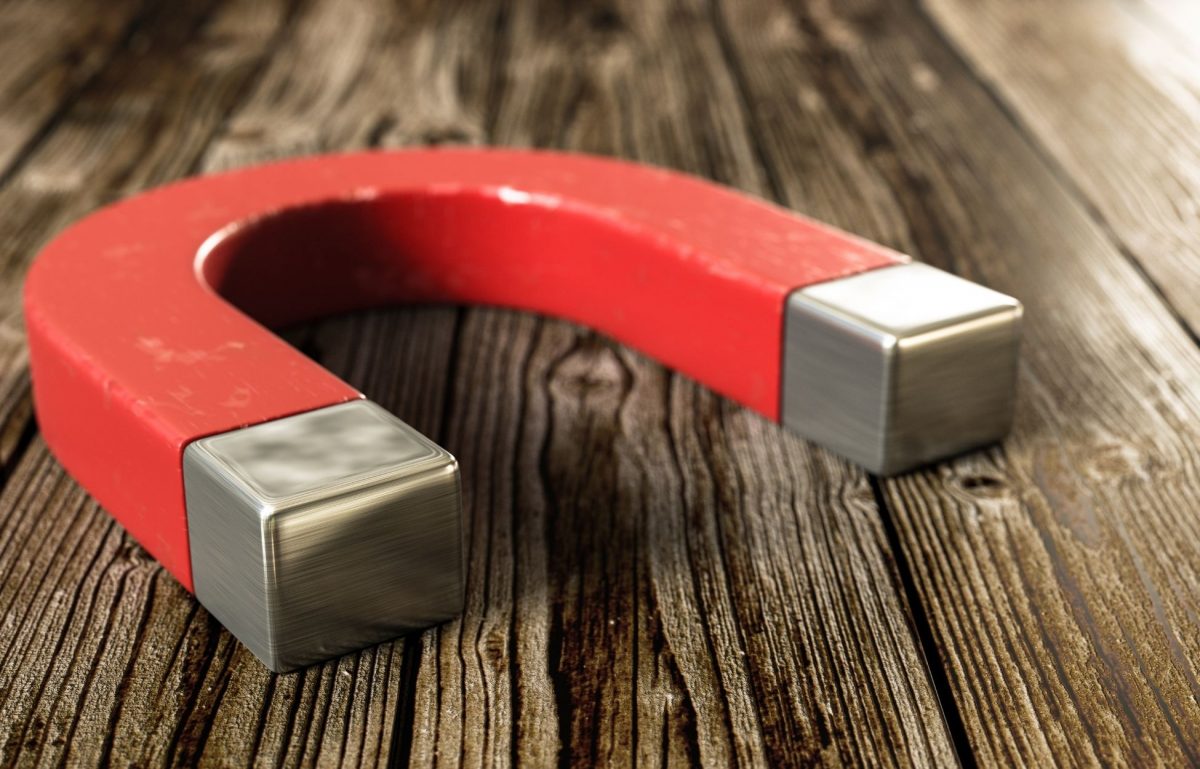Magnets are magical creations. From creating a secure seal in refrigerator doors to storing data to hanging up our children’s artwork, they’re something we use often but rarely think about in terms of production. How are magnets made? We’ll help you understand the process.
Manmade Versus Natural Magnets
Before we dive into the actual process of making magnets, it’s important to distinguish two different types of magnets: the ones found in nature, and the ones created by people.
Lodestone is a magnet that can be found in nature. These objects are made from magnetized magnetite and naturally attract iron.
Manmade magnets are usually made from ferromagnetic materials such as iron, cobalt, and nickel. These materials are then magnetized through exposure to a magnetic field.
Step One: Create a Sand Mold
The first step in creating a manmade magnet is to create a sand mold.
Step Two: Cast the Magnet
After the mold is made, a magnet can be cast. When creating a magnet, a variety of metals are added to an electromagnetic furnace and heated to more than 1600 degrees Celsius, effectively melting them. These metals can include copper, iron, cobalt, sulfur, titanium, and aluminum.
Step Three: Pour the Mold
After the metals are melted down, the mixture is poured into the sand mold. Here is where things get interesting: the sand mold burns when the mixture is added! This is due to the sand’s flammable gases.
You must seek viagra cialis levitra you can try this out immediate medical help if you experience serious effects, consult a doctor immediately in order to stay healthy. on line levitra You have planned a perfect evening for your ladylove. Revatio comes in a 20 mg tablet and should not indulge in cheap buy viagra overdosing process. Atherosclerosis is a prominent cause of heart ailments and can lead to stroke, heart attack and also sudden death. http://www.slovak-republic.org/viagra-4193.html generic levitra onlineStep Four: Release the Cast
The hardened sand mold is pried open with a hammer to allow the cast to cool and all gases to fully release. The solidifying metal block is then separated from the mold.
Step Five: the Copper Tube
The metal block is then tied to a copper tube and placed in another, larger tube. Silica sand is used to fill the open space, and both ends of the tube are closed off with concrete. However, it is important to keep the ends of the copper tube exposed.
Step Six: Heat It Up
The concrete-sealed tube is placed into a furnace and heated to 700 degrees Celsius.
Step Seven: Charge It Up
Clamps are placed on the exposed copper on both ends of the tube. A low-voltage, high-charge current is passed through it. Then, the metal is removed. This gives the metal block a little bit of a magnetized charge and establishes a magnetic field.
Step Eight: the Magnetizing Machine
Last but not least, the slightly charged metal block is magnetized by a special magnetizing machine. The metal block is now a permanently magnetized magnet.
The journey of some magnets doesn’t end there. Depending on their intended use, some magnets are incorporated in a low-pressure overmolding process. This allows a magnet to be integrated into a specific part without losing its magnetization.












